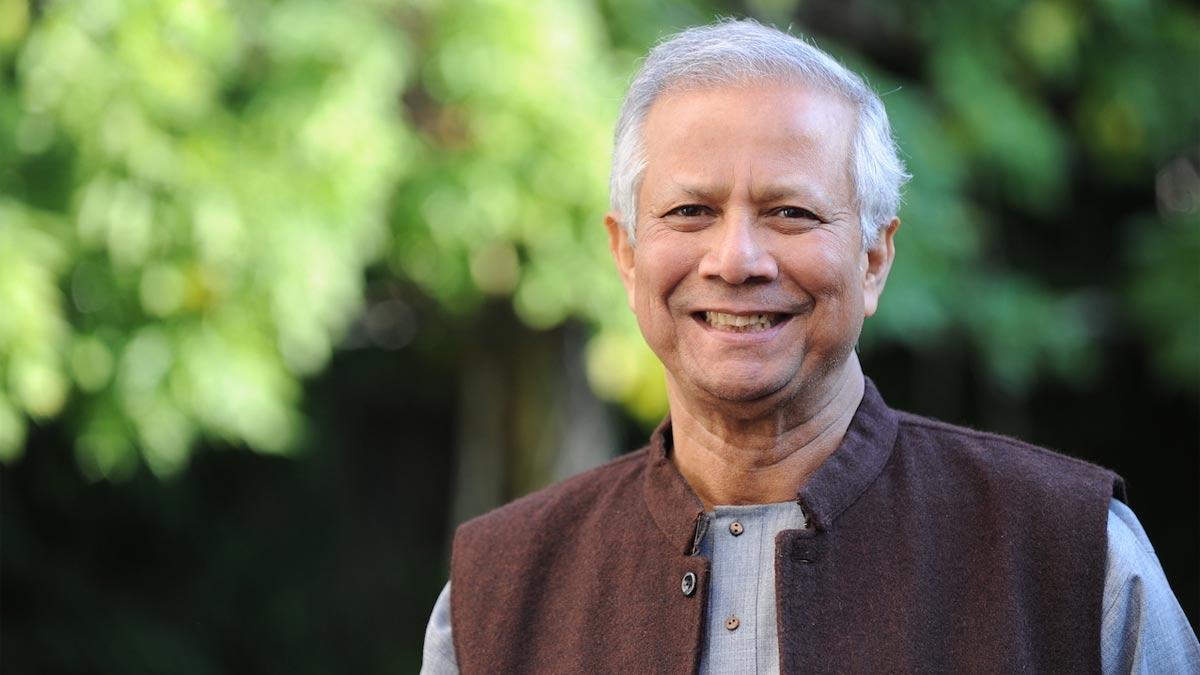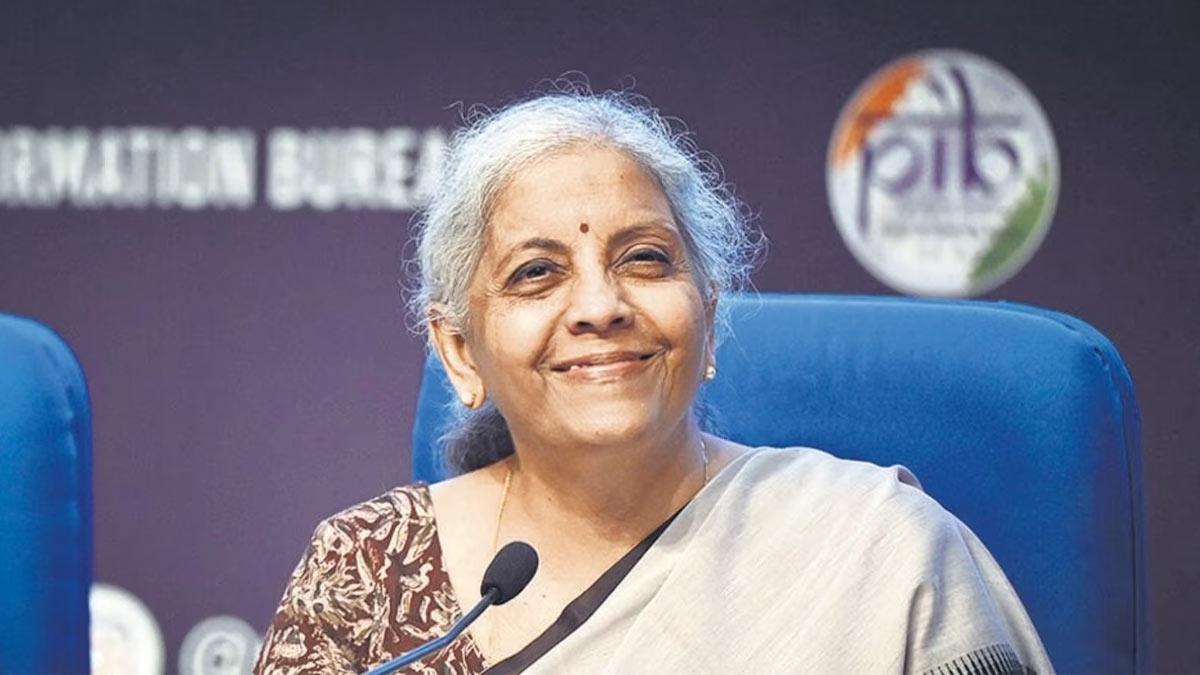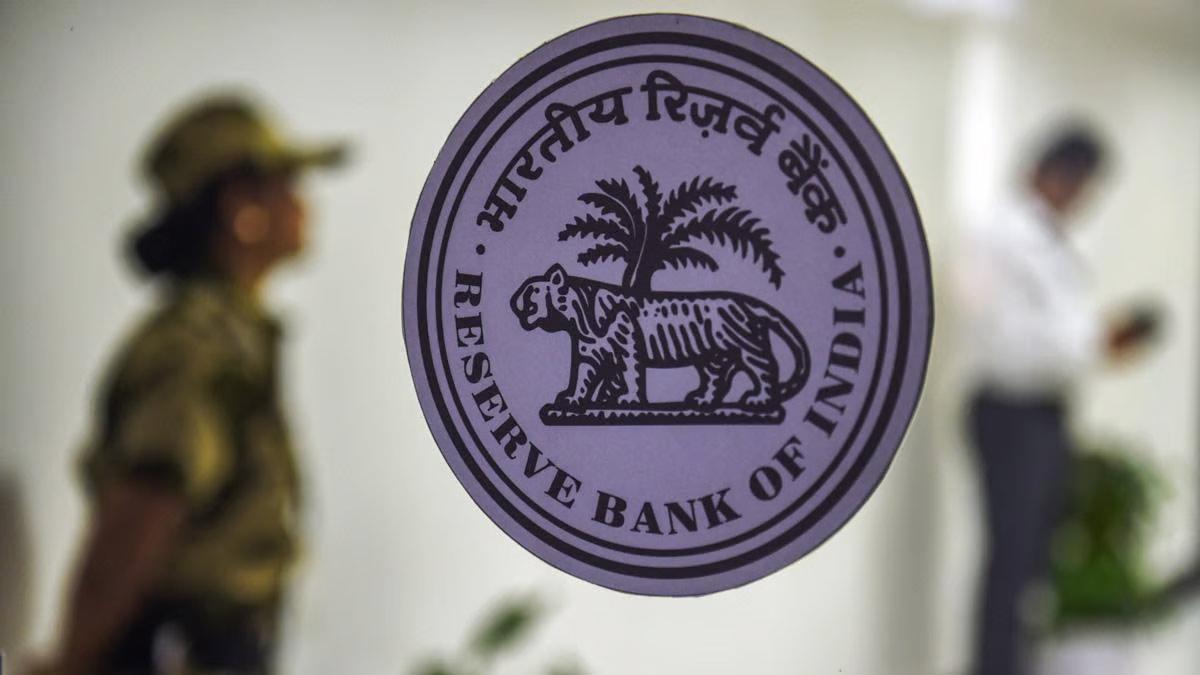In a historic decision under the caretaker government headed by Muhammad Yunus, Bangladesh has announced a significant change in the currency design — newly printed banknotes will no longer bear the portrait of the country's founding father, Sheikh Mujibur Rahman.
This comes close to a year after his daughter, former Prime Minister Sheikh Hasina, departed office and left the country in questionable circumstances.
According to reports, Bangladesh started circulating a new series of banknotes that, significantly, do not have any portrait of Sheikh Mujibur Rahman, popularly referred to as 'Bangabandhu'. This is a historical break with past currency designs, which had carried his portrait for a long time to honor his contributions to liberating the nation.
Sources within the move say the new batch of notes was released on or about Sunday, June 1, with the aim of phasing out the previous design. The new notes for the first time leave out entirely any human figure, as part of a more comprehensive visual revamp.
As per a top Bangladeshi central bank official, the redesigned currency "no longer bears the portrait of any human individual." Rather, the new currency emphasizes natural scenery, cultural monuments, and historic buildings. Among the pictorial elements featured are temples and Buddhist religious landmarks, which show the country's rich heritage.
Of the nine denominations in total, only three have thus far been issued. The rest are to be issued in the immediate future. Existing notes and coins with earlier designs, however, will continue to be legal tender and remain in circulation.
It should be noted that political developments are not the first time that have influenced the face of Bangladeshi money. In the initial years after gaining independence, the first set of notes featured the map of the country, and the photo of Mujibur Rahman was added only later.
This reform represents a symbolic change of national narrative and visual identity, signaling larger changes under present-day interim governance.
Read also| India's Foodgrain Output Surges 6.6% to Record 354 Million Tonnes in 2024–25


















